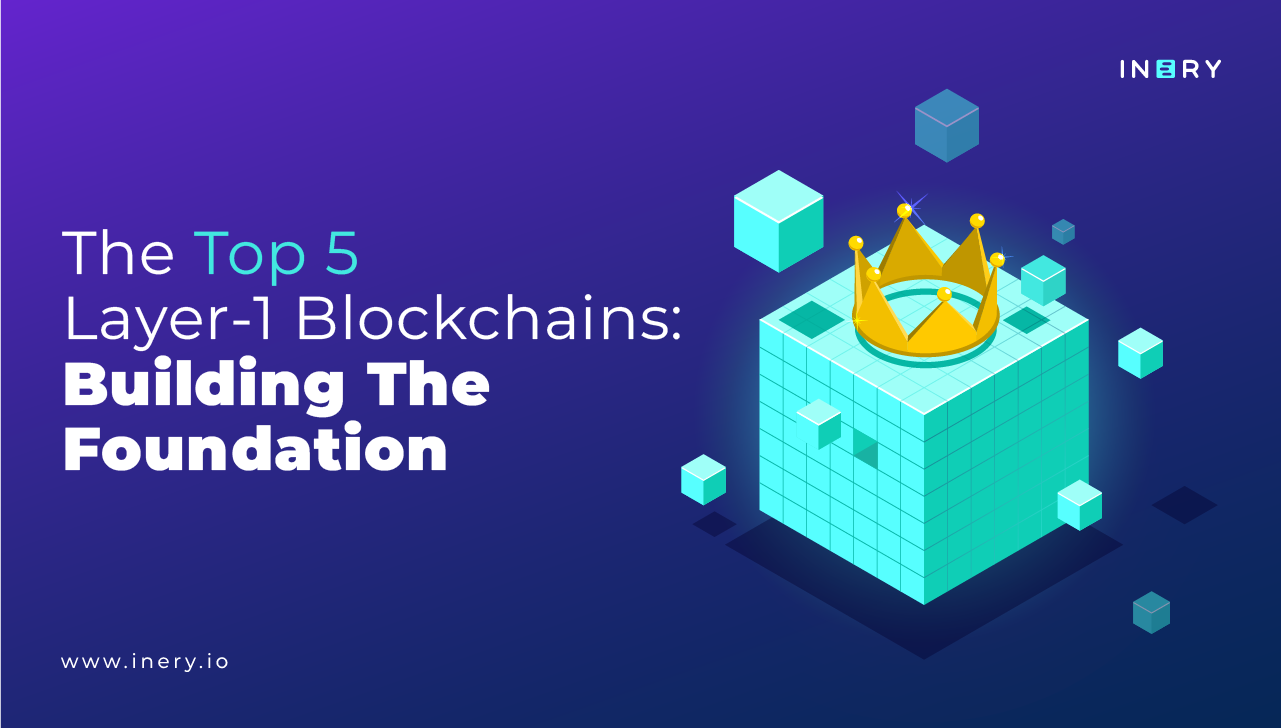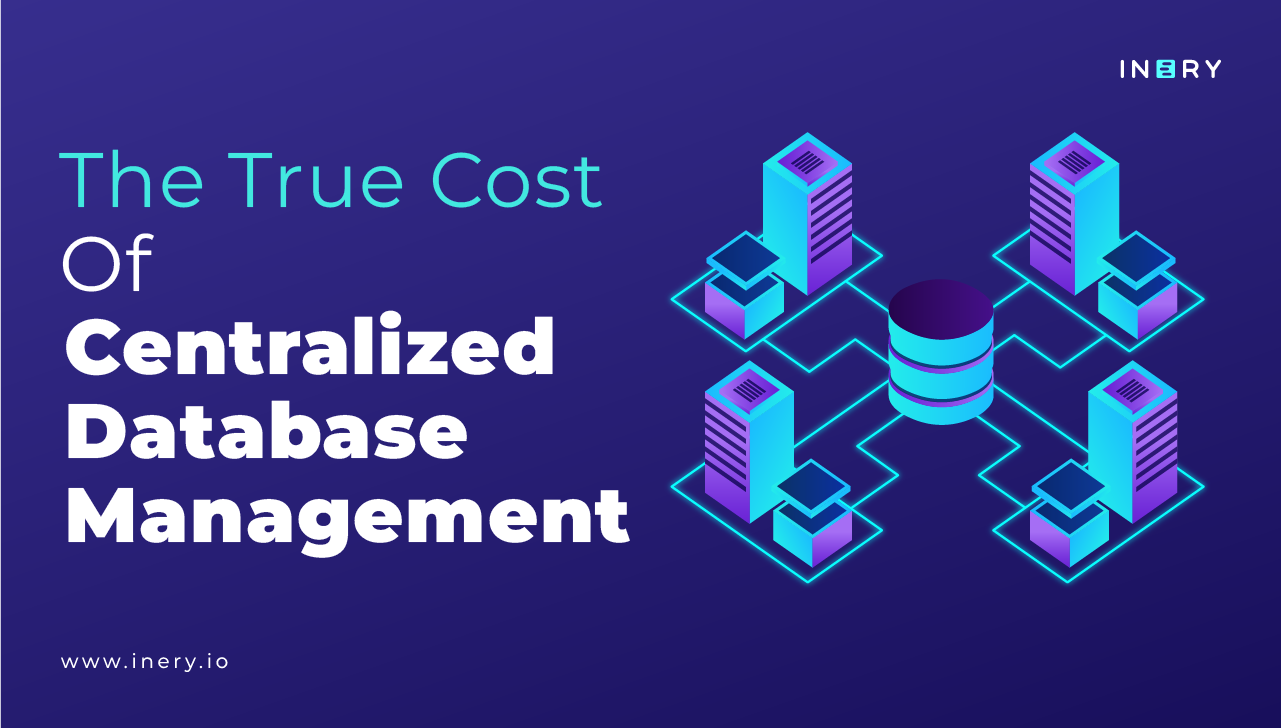As the digital world expands and gains complexity, the needs for database management become more dynamic. This is especially true as we move closer to Web3 and people grow dissatisfied with the read-write paradigm of Web2.
The cost of clinging to centralized database management is higher than dissatisfaction, though. The systematic faults in the centralized model have not only caused inconvenience but actual material harm.
Why Centralized Database Management Is Problematic
On the face of it, centralized databases are a convenient way to interact with information. It cuts down on redundancy, and it simplifies maintenance in certain cases. Vertical scalability is also more straightforward, though scaling horizontally comes with concerns about extra space and power expenditure.
These conveniences may make centralized database management worth it in certain scenarios. However, the glaring issue with centralization is its rigidity. And these issues are amplified by the fact that centralized solutions for databases are so prevalent across industries.
The Biggest Issues
Centralized databases create a single point of failure. If there aren’t enough redundancies or data security measures in place, the risk of data loss or corruption is greater, and its consequences are more painful. It’s a case of putting all of one’s eggs in a single basket: if there’s only one instance of data, there’s no way to replace it if it’s gone.
The way centralized databases work tends to lead to data siloing. Data silos are isolated systems with little to no channels through which to share a common source of truth. As such, they impede information sharing and collaboration efforts between departments. This cuts down on their decision-making capabilities and creates unnecessary inefficiencies
A more sinister problem with centralized data integrity is inadequate protection from cyber attackers or crashes. The entirety of a department’s (or a whole enterprise’s) intel is compromised if an attacker breaches firewalls or, more likely, social engineers their way through permission barriers. And in case centralized servers experience unplanned downtime (e.g., in case of traffic spikes), all adjacent systems become paralyzed.
If that wasn’t enough, centralized database management is also responsible for the data-hoarding practices of Web2 enterprises. Since all the data is on a single server, a user needs to leave their personal information to use a company’s services. Sadly, this relationship is rife with opportunities for abuse, like selling people’s private data to third parties. It also creates incentives for the invasion of privacy by corporations.
The Price We Pay Because of Database Centralization
Data breaches are a tangible and dramatic example of the costs centralized database management incurs. Not only have they become much more common in recent years, but the average cost of a breach has also grown. In 2022, the average cost of a data breach was $4.35 million, with one happening every 11 seconds. Especially worrying is the fact that healthcare, which holds particularly sensitive data, is among the biggest victims of data breaches (you can learn more from the IBM Cost of a data breach 2022 report).
If they happen to a large enough company, these data breaches can affect millions of people. Needless to say, the attacked company’s reputation takes a nosedive, too. The financial consequences of data breaches, along with the social fallout, are often enough to capsize these companies.
Beyond suffering damages to the bottom line through cyber attacks, businesses with centralized solutions also miss out on attracting digitally savvier customers. The public is becoming more aware of the value their data holds. It’s also realizing that Web2 companies hold a monopoly over that data—and people want a cut.
This growing awareness of Web3 ideals is a massive market that centralized database management solutions cannot tap into. Given the current Web3 growth trends, failing to adapt is becoming more of a waste by the year.
Breaking the Centralized Mold With the Blockchain
The blockchain presents a radical alternative to the centralized database solutions commonly used today. Its unique structure enables it to elegantly avoid the pitfalls of Web2 database management practices.
The blockchain’s decentralization is perhaps its greatest strength. On the blockchain, all stakeholders (nodes) have access to the same data shared across the ledger. There’s no central server that could collapse or be breached by a malicious entity. Rather, it’s a network of interconnected yet largely independent “mini-servers” that keeps functioning even if parts of it fail. As such, there exists no single point of failure. And since nodes communicate on a peer-to-peer basis, no intermediaries are required, removing their security weak points, too.
Every new piece of data is hashed on the blockchain so that it’s “tied” to the information on the blocks that came before it. This means that data finagling by a hacker is extremely difficult: they need to alter the same data on the majority of nodes in a way that still connects to other blocks—all that without the network noticing.
On the blockchain, every user’s data is protected by encryption and accessible via a unique private key. Since they have full access to their information, users get to decide which data is sent to other parties. Stakeholders enjoy a protected, curated digital identity that they can easily protect from intrusive third parties.
With all these properties in mind, it makes sense that Web3 stands so firmly behind blockchain technology. Seeing what’s at stake, it’s hard to dispute their opposition to centralized database management.
Inery Decentralized Database Management: Cutting Costs Where It Matters
Inery’s decentralized database management solution allows its users to avoid the dangers of centralized infrastructure. The proprietary, infinitely scalable Inery layer-1 blockchain secures databases from hackers and system downtime due to server crashes. Moreover, it provides encrypted wallets and value contract customizability as tools to create personalized, secured profiles for applications.
All of these powerful capabilities are available at low costs and have a high data throughput of over 10,000 transactions per second. The Inery blockchain is not only secured by the energy-efficient Self-Delegated Proof of Stake protocol, but also made easy to work with via IneryDBMS, a database management system with an intuitive design and a user-friendly GUI.
Centralized database management no longer needs to be the norm. Inery offers protection from the biggest dangers centralization poses. So take a quantum leap with Inery, and experience decentralization and all its benefits in a sustainable way.

Inery•
1 year ago
Unbundling Digital Identities: Adopting the New Way in Metaverse
Unbundling digital identities to give users more control over their data and better reflection on how they view themselves in the metaverse. ...READ MORE

Share

Inery•
1 year ago
INERY CEO – Dreaming The Dream Of Decentralization
Our CEO Dr. Naveen Singh in this exclusive edition "Dreaming The Dream Of Decentralization" ...READ MORE

Share

Inery•
1 year ago
The Top 5 Layer-1 Blockchains: Building the Foundation
These top layer-1 blockchain projects are setting the standard for cryptos and decentralized technology. ...READ MORE

Share

Inery•
1 year ago
IneryDB: Exploring the Various Use Cases
The unique perks of Inery Technology allow it to thrive in a variety of use cases. Click here to see the most intriguing examples. ...READ MORE

Share
Most popular today



